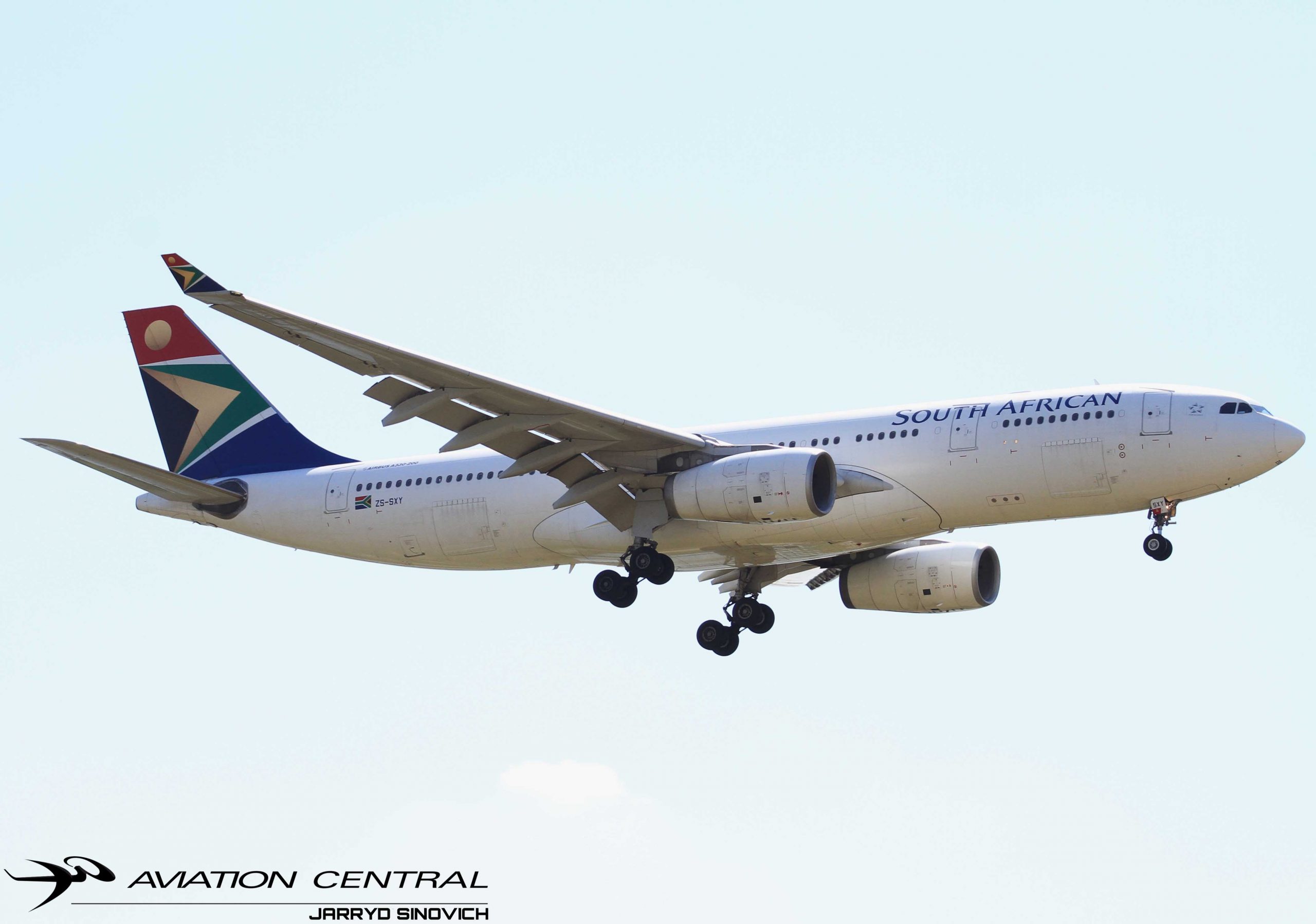Tag Archives: SAAtechnical
South African Airways Technical reaches an agreement with its customers and reinstates Aircraft Maintenance Services
Johannesburg, 04 October 2020. South African Airways Technical (SAAT) has reached an agreement with its customers and has begun to reinstate aircraft maintenance services to some of its customers. This development follows a decision taken by SAAT to suspend maintenance services to four of its airline customers in September 2020 due to outstanding payments on services already rendered.
“We are pleased to have reached an agreement with at least two of our customers and will continue to have discussions with two others as we seek to find a resolution and settlement on these matters,” said SAAT CEO, Adam Voss.
SAAT is one of the leading Maintenance, Repair and Overhaul (MRO) entities in Africa and offers an array of services (that include base and line maintenance) to its customers to ensure that they operate in a safe and legally compliant manner. In addition, preservation maintenance is offered for the protection of the aircraft that is not operating.
“The decision we took to suspend services to our customers was not taken lightly. We had to protect our commercial interests which extend to the wellbeing of our employees who were adversely impacted by the cashflow challenges we experienced, resulting in payment of 25% of their salaries for the month of September,” explained Voss.
SAAT apologized to all its employees for the inconvenience and is in discussions with its labour unions to arrange for the payment of balance of salaries for the month of September.
South African Airways (SAA) is one of the airlines that was impacted by the suspension of the aircraft maintenance service. The airline has made a payment to SAAT and the suspension of services was lifted on Wednesday. SAA charter flights planned to operate this week were consequently not impacted by last week’s suspension.
Another customer, Mango Airlines, has reached an agreement with SAAT making it possible to lift the suspension on Mango Airlines to commence work on their fleet as of Friday. The aircraft affected returned to service on Saturday, 3 October, to transport passengers.
“We all appreciate that the aviation landscape has changed drastically due to the impact of Covid-19 outbreak globally. We know that many of our customers were not able to trade and generate much needed revenue to pay for services rendered. As part of recovery strategy and a way forward, we agreed with these customers that SAAT will receive upfront payment for services that must be rendered,” Voss concluded.

Discussions are ongoing with all affected customers to find solutions on how to address the legacy issues that resulted in the suspension of the maintenance services.
As an MRO, SAAT is satisfied with progress made and is committed to working with all its customers and partners as the industry seeks to rebuild itself and to adapt to the new norms brought about by the coronavirus.















